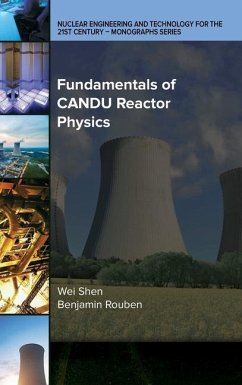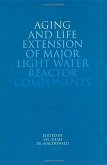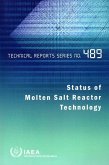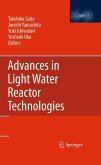Reactor physics is the physics of fission reactions and how they govern the behavior of nuclear reactors. Arguably, its origins are linked to the middle of the twentieth century and the Manhattan Project. After World War II and the introduction of nuclear reactors as a source for generating electricity, the discipline went through the rapid development to become a mature and cornerstone of nuclear engineering. Several legacy textbooks are still in use in both undergraduate and graduate nuclear engineering programs worldwide. If this is so, is there really a need for another book on nuclear reactor physics? Well, we have to note that most of those highly valued legacy textbooks were written 20 or more years ago and there is no discussion on progress being made. On another note, nuclear and reactor physics were traditionally treated as scientific discipline heavily relying on sophisticated mathematical and computational methods and tools. As such, those textbooks were a must read and master for those professionals involved with reactor physics on a daily basis. However, I am confident that today's generation of practicing technicians and engineers working in various areas of research and development and supporting safe operation of nuclear reactors, whether in nuclear power plants, nuclear marine or research reactors, would greatly benefit from a book focused on the physical phenomena and principles rather than on mathematical and numerical methods.








